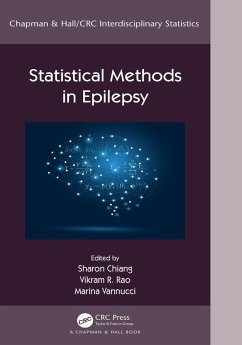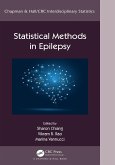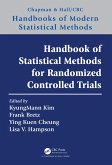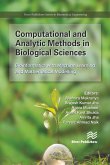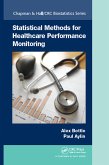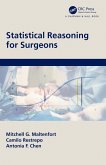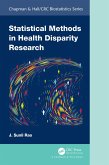Topics include a primer on version control and coding, pre-processing of imaging and electrophysiological data, hypothesis testing, generalized linear models, survival analysis, network analysis, time-series analysis, spectral analysis, spatial statistics, unsupervised and supervised learning, natural language processing, prospective trial design, pharmacokinetic and pharmacodynamic modeling, and randomized clinical trials.
Features:
- Provides a comprehensive introduction to statistical methods employed in epilepsy research
- Divided into four parts: Basic Processing Methods for Data Analysis; Statistical Models for Epilepsy Data Types; Machine Learning Methods; and Clinical Studies
- Covers methodological and practical aspects, as well as worked-out examples with R and Python code provided in the online supplement
- Includes contributions by experts in the field
- https://github.com/sharon-chiang/Statistics-Epilepsy-Book/
The handbook targets clinicians, graduate students, medical students, and researchers who seek to conduct quantitative epilepsy research. The topics covered extend broadly to quantitative research in other neurological specialties and provide a valuable reference for the field of neurology.
Dieser Download kann aus rechtlichen Gründen nur mit Rechnungsadresse in A, B, BG, CY, CZ, D, DK, EW, E, FIN, F, GR, HR, H, IRL, I, LT, L, LR, M, NL, PL, P, R, S, SLO, SK ausgeliefert werden.

